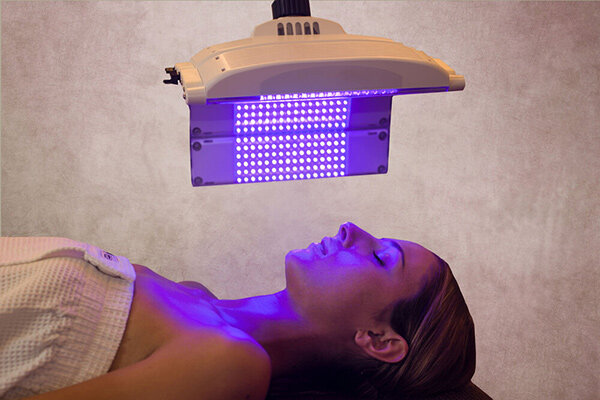Seasonal Affective Disorder (SAD) is a type of depression that affects millions of people worldwide. It typically occurs during the winter months when daylight hours are shorter, and it can cause symptoms such as fatigue, sadness, and irritability. Light therapy has emerged as a popular treatment option for SAD, with many people reporting significant improvements in their mood and overall wellbeing. In this article, we’ll explore the impact of light therapy on seasonal affective disorder, how it works, and its effectiveness as a treatment option.
What is Light Therapy?

Light therapy, also known as phototherapy, involves exposure to bright artificial light that mimics natural outdoor light. This exposure is usually done using a lightbox or similar device that emits a specific wavelength of light. During light therapy, a person sits in front of the lightbox for a designated period, typically around 30 minutes to an hour per day.
How Does Light Therapy Work?
The exact mechanism by which light therapy works is still not fully understood. However, it is believed that exposure to bright artificial light can help regulate the body’s circadian rhythm, which is responsible for regulating sleep-wake cycles, hormone production, and other physiological functions. In SAD, the circadian rhythm can become disrupted, leading to symptoms such as fatigue and depression. By exposing the body to bright light, light therapy can help reset the circadian rhythm and alleviate these symptoms.
Effectiveness of Light Therapy for SAD

Several studies have explored the effectiveness of light therapy for SAD, with most finding it to be an effective treatment option. A meta-analysis of 20 randomized controlled trials found that light therapy was significantly more effective than placebo in reducing symptoms of SAD. Another study found that light therapy was equally as effective as antidepressant medication in treating SAD, with fewer side effects.
How to Use Light Therapy
Light therapy is generally safe and well-tolerated, although some people may experience side effects such as headaches, eye strain, and nausea. To minimize these side effects, it’s important to follow the recommended guidelines for light therapy, which include:
- Using a lightbox that emits at least 10,000 lux of light
- Sitting at a distance of around 16-24 inches from the lightbox
- Using light therapy in the morning, as exposure to bright light in the evening can disrupt sleep
- Using light therapy consistently, ideally every day during the winter months
SAD is a common condition that can significantly impact a person’s quality of life during the winter months. Light therapy has emerged as an effective treatment option, with many people reporting significant improvements in their mood and overall wellbeing. If you’re experiencing symptoms of SAD, talk to your healthcare provider about whether light therapy may be a suitable treatment option for you.

